- No products in the cart.
Ferinzhekt injection 50mg / ml 10ml vial 1 piece
$116.28
Ferinzhekt injection 50mg / ml 10ml vial 1 piece
Description
Composition
Active substance:
1 ml contains: iron karboksimaltozat 156-208 mg; equivalent iron content 50 mg ;.
Excipients:
Sodium hydroxide / hydrochloric acid to pH 5,0-7,0; Water for injections to 1 mL.
Description:
The opaque solution was dark brown.
Product form:
A solution for intravenous administration of 50 mg / ml. 2 ml or 10 ml vials in the preparation of transparent colorless glass Type I (Ph.
Eur. ) Hermetically sealed with bromobutyl rubber stoppers and crimped aluminum caps with plastic inserts of type «Flip off». 1 vial of 2 ml or 10 ml of instruction for use in a cardboard package. 2 vials of 10 ml in a plastic tray-holder together with instructions for use in a cardboard package. 5 vials of 2 ml or 10 ml in a plastic tray-holder together with instructions for use in a cardboard package.
Contraindications
Hypersensitivity to karboksimaltozata iron complex, iron karboksimaltozata solution or to any component of the drug; Anemia not associated with iron deficiency, eg other microcytic anemia; Signs of iron overload or impaired iron utilization; Children under the age of 14 years.
Carefully
In patients with impaired liver function iron may be administered parenterally only after careful evaluation of risk-benefit ratio. Parenteral use should be avoided iron in patients with impaired liver function, if iron overload can accelerate the disease, especially in late cutaneous porphyria. To prevent iron overload is recommended careful monitoring of iron status. No data on the safe use in patients with chronic renal disease undergoing hemodialysis and treated with single doses of 200 mg of iron. Caution should be used parenteral iron in acute and chronic infections, asthma, eczema and atopic allergy. It is recommended to discontinue the use of Ferinzhekt® drug in patients with ongoing bacteraemia. In patients with chronic infection need to weigh the risks and benefits of therapy, taking into account the depressed erythropoiesis caused by chronic infection. One milliliter of formulation contains 5.5 mg of sodium. This should be considered for patients with sodium-controlled diet. Use of the drug Ferinzhekt® not studied in children under 14 years.
Dosage
50 mg / ml
Indications
Iron deficiency anemia is when oral iron preparations are ineffective or may not be used. The diagnosis should be confirmed by laboratory tests.
Interaction with other drugs
Just like any other parenteral iron preparations Ferinzhekt® drug reduces iron absorption from the gastrointestinal tract while the use of iron preparations for oral administration. Therefore, if necessary, oral iron therapy should begin no sooner than 5 days after the last injection preparation Ferinzhekt®
Pharmaceutical compatibility: preparation Ferinzhekt® compatible only with 0.9% sodium chloride solution. No other intravenous solutions and drugs should not be introduced, since there is a potential risk of precipitation and / or interaction.
Overdose
Ferinzhekt® administering the drug in an amount exceeding the body’s need, may cause iron overload, which manifests symptoms hemosiderosis. Determination of iron metabolism as serum ferritin and transferrin saturation percentage, can help in the diagnosis of excessive iron deposits in the body. If iron accumulation has occurred, it is necessary to treat, in accordance with standard medical practice, for example, can be considered the use of chelating agents to bind iron.
pharmachologic effect
Pharmacological group:
Iron preparation.
Pharmacodynamics:
Ferinzhekt®, solution for intravenous administration contains trivalent iron in a stable form in the form of an iron complex consisting of polynuclear iron-hydroxide nucleus with a carbohydrate ligand. Due to the high stability of the complex, there is only a very small amount of weakly bound iron (also called labile or free iron). The complex is designed to provide a controlled source of iron for the disposition of the conveying and depositing iron iron body proteins (transferrin and ferritin, respectively). Clinical studies have shown that the haematological response and the filling of the iron depots is faster after intravenous administration of the drug Ferinzhekt® compared to peers is taken orally. Disposal erythrocytes 59Fe and 52Fe of radiolabeled drug Ferinzhekt® varied from 61% to 99%. After 24 days in patients with iron deficiency observed radiolabeled iron utilization from 91% to 99%, and in patients with renal anemia genesis recycling radiolabeled iron is from 61% to 84%.
Pharmacokinetics:
It was shown that 59Fe and 52Fe Ferinzhekt® of drug is rapidly cleared from the blood and move into the bone marrow, and deposited in the liver and spleen. After a single injection at a dose of 100 to 1000 mg iron in patients with iron deficiency maximum serum iron concentration of 37 ug / ml to 333 mcg / ml was reached after 15 minutes – 1.21 hours after injection, respectively. The volume of distribution of the central chamber corresponds to the plasma volume (about 3 liters). Iron after injection or infusion rapidly cleared from the blood plasma half-life ranged from 7 to 12 hours, the average residence time of the preparation is from 11 to 18 hours. Iron excretion by the kidneys is negligible.
Pregnancy and breast-feeding
Pregnancy
Data on the use of the drug during pregnancy are not available. Use the drug during pregnancy should be only if the potential benefit to the mother outweighs the risk to the fetus. If the benefits of treatment with Ferinzhekt® less potential risk to the fetus, it is recommended to limit therapy during the second and third trimester
Breastfeeding
There is little experience of the drug in nursing mothers. Clinical studies have shown that intake of iron from Ferinzhekt® drug in breast milk is insignificant (less than 1%). Based on limited data on nursing women it is unlikely that the drug carries a risk for children who are breastfed.
Conditions of supply of pharmacies
Prescription.
side effects
Side effects in clinical trials (before and after the registration of the drug, including safety studies after the registration of the drug)
Side effects of the drug Ferinzhekt® observed in patients receiving iron karboksimaltozat (n = 7391), according to the clinical studies are summarized below. The most frequent side effects in patients when using the drug were nausea, observed with a frequency> 1/100
Disorders of immune system: Infrequent, hypersensitivity, rarely, anaphylactoid reactions
Violations by the Metabolism and nutrition: frequent-hypophosphatemia
Disorders of the nervous system: often, headache, dizziness; infrequently, paresthesia, taste perversion
Violations by heart: the rare-tachycardia
Violations by vessels: frequency “tide” of blood to the face, increased blood pressure (BP); rare-blood pressure reduction
Violations of the respiratory system, thorax and mediastinum: Infrequent, shortness of breath
Disorders of the gastrointestinal tract: often, nausea; infrequently, vomiting, dyspepsia, abdominal pain, constipation, diarrhea
Violations of the skin and subcutaneous tissue disorders: uncommon, pruritus, urticaria, erythema, skin rash
Violations by musculoskeletal and connective tissue disorders: uncommon, myalgia, back pain, joint pain, pain in extremities, muscle cramps
General disorders and the site of injection: often reactions at the injection / infusion; rarely fever, weakness, chest pain, peripheral edema, pain, chills; rarely-sickness
Laboratory and instrumental data: rare-raising activity in the blood alanine aminotransferase, increased aspartate aminotransferase activity in blood, increasing the activity of gamma-glutamyl transferase in the blood, increased lactate dehydrogenase activity in the blood, increasing the activity of alkaline phosphatase in the blood
Spontaneous post-marketing messages about side effects
As part of the post-marketing monitoring of application of the drug Ferinzhekt® observed the following side effects:
Disorders of the nervous system: loss of consciousness, and vertigo
Mental disorders: anxiety
Violations of the heart and blood vessels: fainting, lightheadedness
Violations of the skin and subcutaneous tissue disorders: angioneurotic edema, dermatitis, pallor and swelling of the face
Violations of the respiratory system, thorax and mediastinum: bronchospasm
General disorders and administration site in: influenza-like illness.
special instructions
The drug should not be used for subcutaneous or intramuscular administration. Each vial of the drug Ferinzhekt® intended for single use only. Ferinzhekt® The drug should be administered only to those patients in whom the diagnosis is confirmed anemia corresponding laboratory data. Parenterally administered iron preparations can cause hypersensitivity reactions, including anaphylactoid reactions, which can be fatal, however must be accessible appropriate means for performing cardiopulmonary resuscitation. If, during the use of the drug occur hypersensitivity reactions or signs of intolerance, you should immediately discontinue treatment. It was also reported hypersensitivity reactions after previous uncomplicated introductions all parenteral iron complexes, including iron karboksimaltozata. Each patient should be monitored for the development of adverse events for at least 30 minutes after each administration karboksimaltozata iron solution. Be careful when intravenous administration of the drug to prevent the penetration of the drug in okolovenoznoe space, as this may cause skin irritation and possible long-term tissue staining at the site of brown. With the penetration of medicament into the space okolovenoznoe administering the drug should be stopped immediately.
The effect on the ability to operate vehicles, machinery
There are no data on the effect of the drug on the ability to drive and use machines. However, some side effects (such as dizziness, syncope, lightheadedness, and others (see. The section “Side effect”)) can affect the ability to drive vehicles and mechanisms. Patients marking at data side effects should be advised not to drive vehicles and mechanisms to complete disappearance of the symptoms.
Storage conditions
Stored in original package at a temperature not higher than 30 C.
Do not freeze.
Keep out of the reach of children.
Dosing and Administration
Intravenous – bolus or infusion (infusion) and by direct injection into the venous portion of the dialysis system. Before using, inspect the vial for any possible sediment and damage. You can only use a homogeneous clear solution. Ferinzhekt® should be used in offices, having the necessary equipment for emergency medical assistance in case of anaphylactic reactions. Each patient must be monitored for signs or symptoms of hypersensitivity reactions for at least 30 minutes after each administration karboksimaltozata solution of iron (cm. “Special instructions” section).
Intravenous infusion:
Ferinzhekt® can be administered intravenously (infusion) to the maximum single dose of 1000 mg of iron (a maximum of 20 mg iron / kg body weight). It can not be administered intravenously (infusion) 1000 mg iron (20 mL Ferinzhekt®) more than 1 time per week. Immediately before infusion, the drug must be diluted with sterile 0.9% sodium chloride solution for injection
Jet injection:
Ferinzhekt® can be administered intravenously in a single dose to a maximum of 4 ml (200 mg of iron) per day but not more than 3 times per week.
Determination of the cumulative iron dose
The cumulative dose for replenishment of iron stores using iron karboksimaltozata determined based on patient body weight and the level of hemoglobin (Hb) and must not be exceeded.
In determining the need for iron in overweight patients should be based on the ratio of normal body weight and blood volume. Patients with a value Hb> 14 g / dL to be administered an initial dose of 500 mg iron, and before the subsequent introduction of the iron content is necessary to check indicators. After filling should carry out regular assessments to ensure that iron levels to normal and remains at the proper level.
The maximum tolerated single dose: A single dose should not exceed 1000 mg iron (20 ml) per day or 20 mg of iron (0.4 ml) per kg body weight. The dose of 1000 mg iron (20 mL), can not be administered more than once a week.
Use of the drug in chronic renal disease requiring hemodialysis
Do not exceed the maximum daily dose of 200 mg in patients with chronic renal disease requiring hemodialysis.
Information
Appearance may differ from that depicted in the picture. There are contraindications. You need to read the manual or consult with a specialist
Additional information
| Weight | 0.100 kg |
|---|---|
| Manufacturer | TAKEDA |

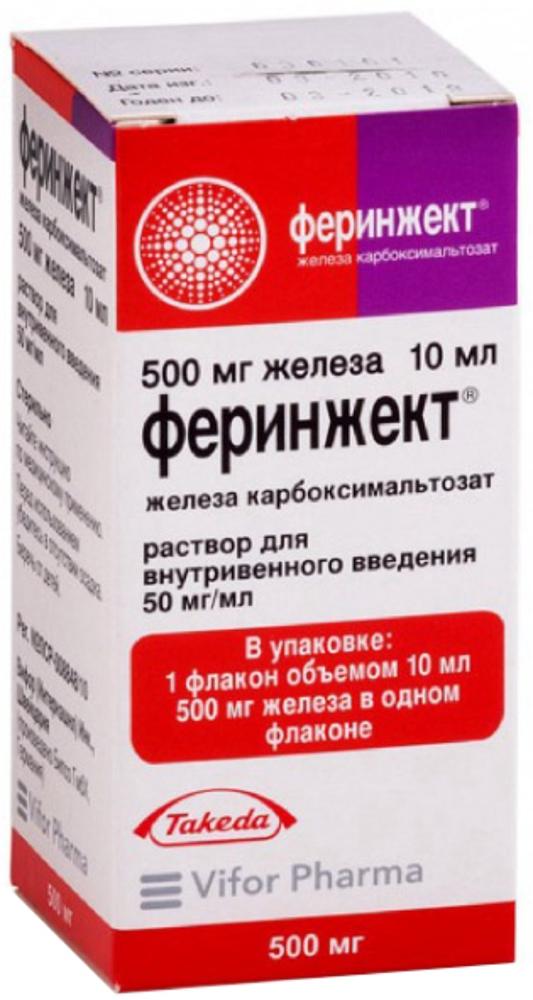

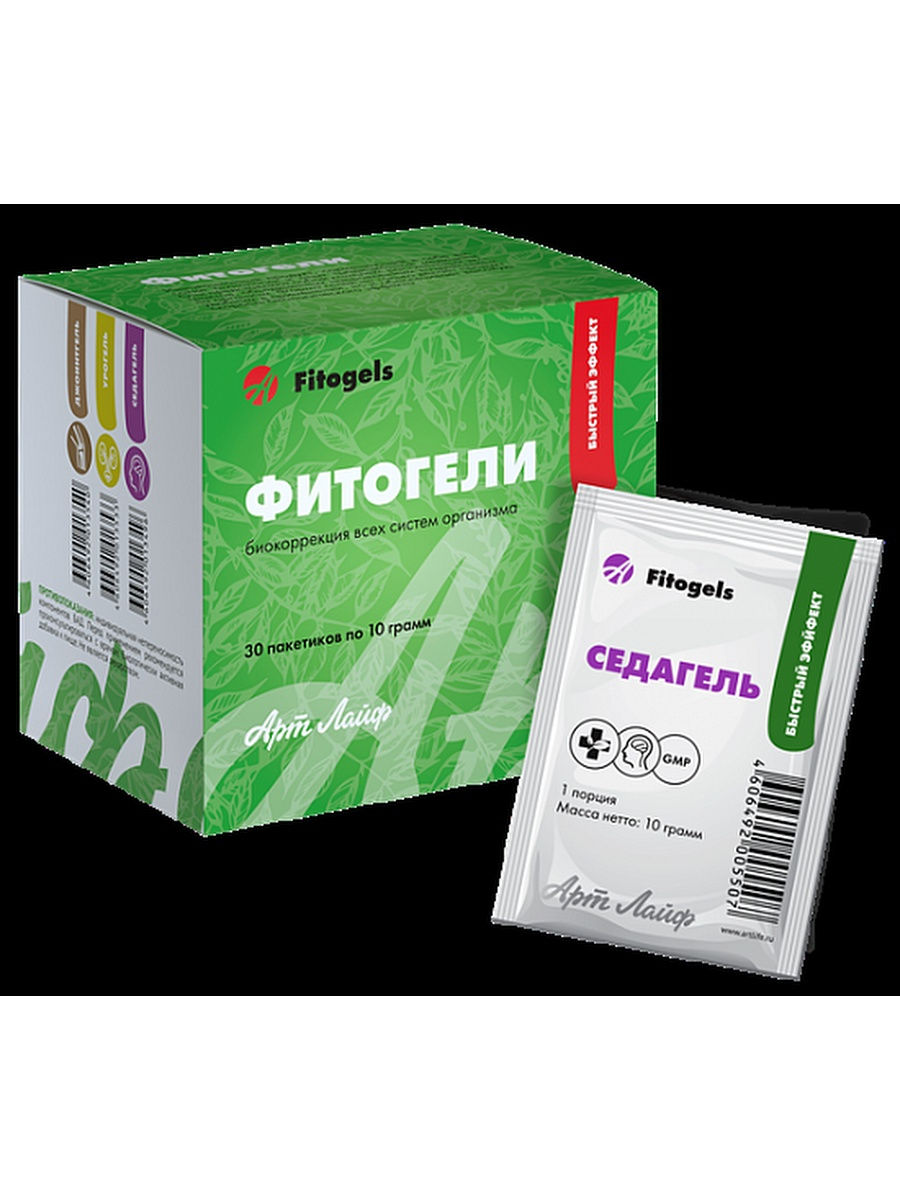

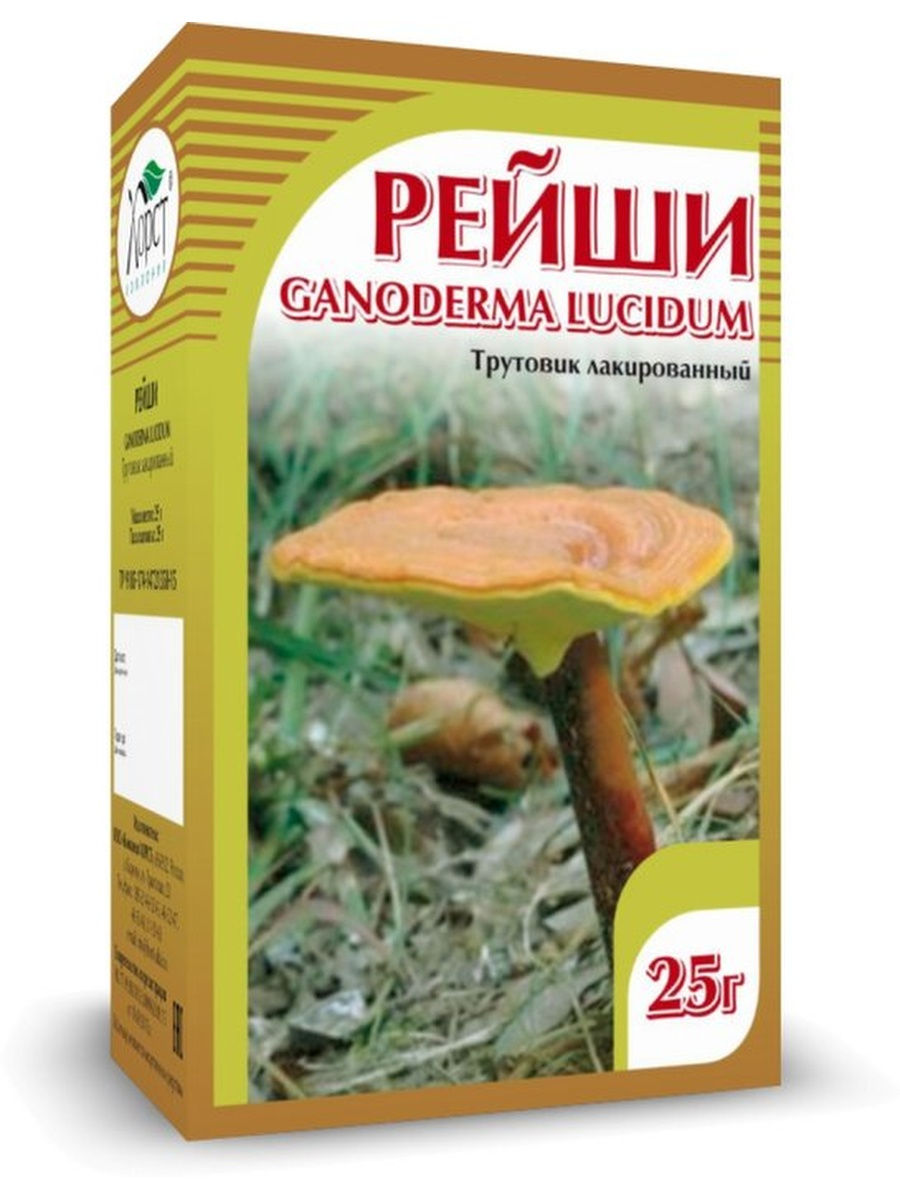
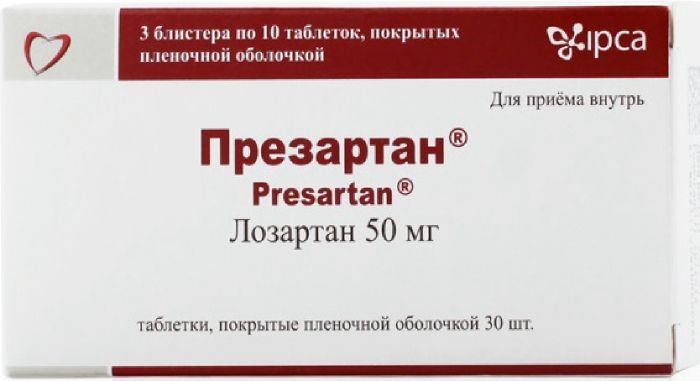

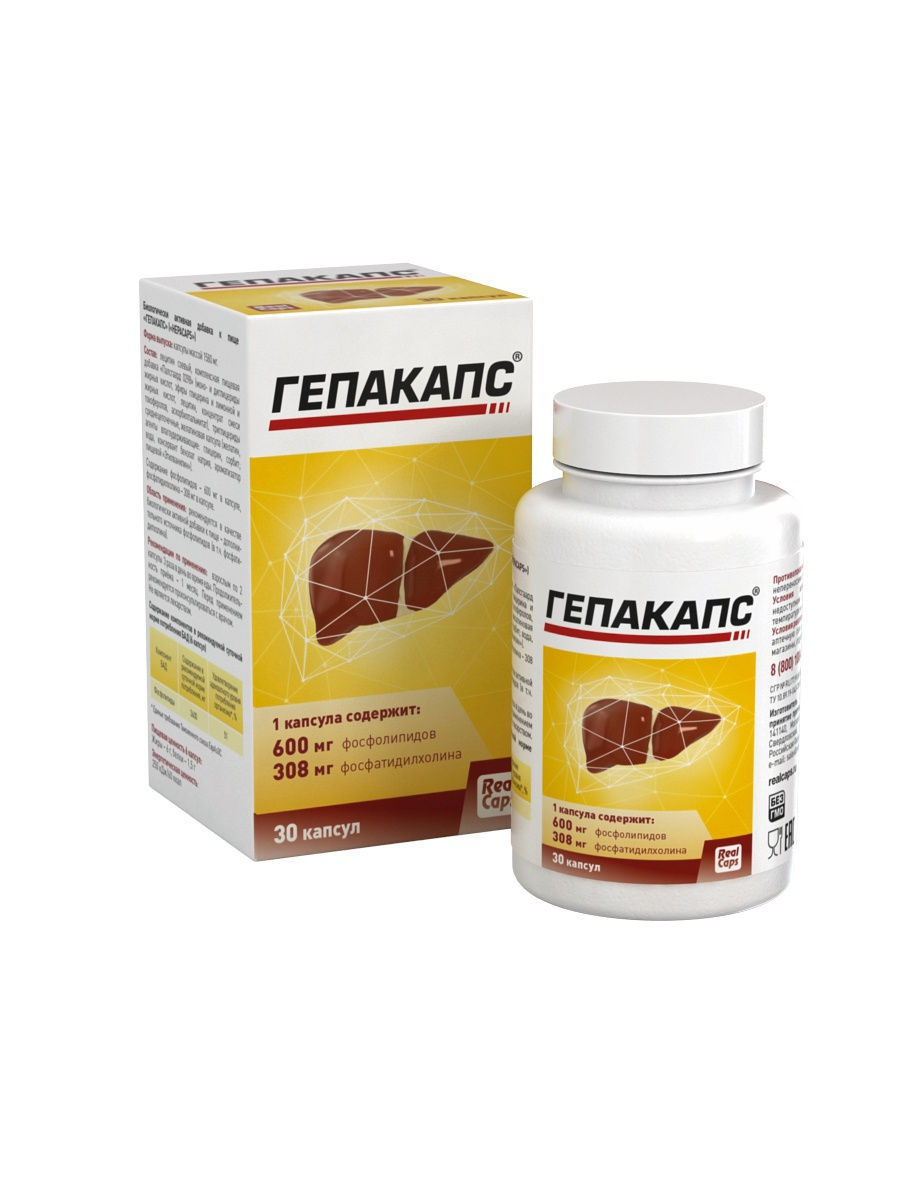




There are no reviews yet.